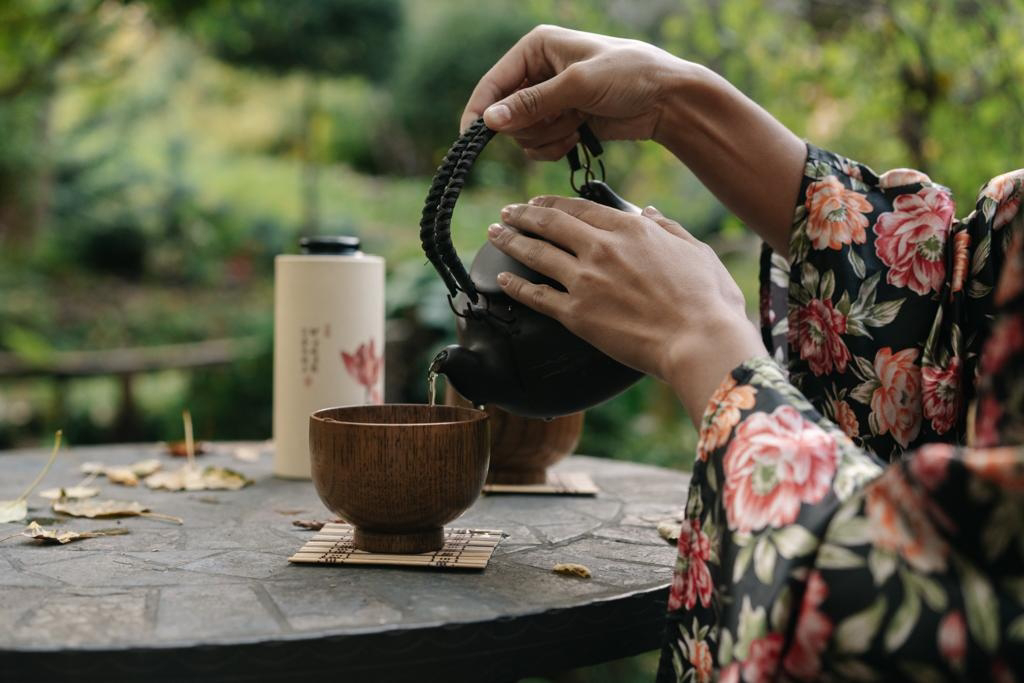ANCIENT ORIGIN OF TEAS : EXPLORING THEE EARLY CONSUMPTION
INTRODUCTION
Tea, a beverage often cherished for its aroma, also which has comforted countless souls and stirred passions throughout the ages, has a captivating history interwind with tradition, trade, and cultural exchange.
ORIGIN OF TEAS
Tea has a rich history that can be traced back to thousands of years to ancient China. The story begins in ancient China, around 2737 BC, with the legendary Emperor Shen Nong, where it was discovered while the Emperor was sitting beneath a tree, a few leaves from a nearby tree plant fell into a pot of boiling water. Since the Emperor was known for his fascination in herbal medicines, he was intrigued by the infusion and decided to taste it. He was surprised and delighted by its pleasant flavour and refreshing qualities. Recognizing its medicinal properties, he named it 'Cha', and thus marking the remarkable journey of teas.
Gradually tea cultivation and consumption became an intregal part part of Chinese culture, with the country developing various various tea varieties.
SPREAD OF TEA TO NEIGHBORING COUNTRIES
Throughout history, tea has made its way beyond China's borders, reaching neighboring countries, the Islamic world, and eventually Europe through Age of Exploration.
As the popularity of tea rose among people in China, it gradually found its way to neighboring countries like Japan and Korea. Buddhist monks played a huge role in introducing Tea in Japan, which led to development of unique tea ceremonies and the emergence of matcha, a powdered green tea highly revered in Japanese culture. Tea also made its way to Korea, becoming an integral part of Korean customs and traditions.
During the 8th century, Arab traders and travelers while interaction with China came to know about tea. After learning about the medicinal properties and refreshing nature, tea quickly started to gain popularity and got valued in the Islamic world.
The 16th and 17th centuries which was categorized by the Age of Exploration, during which European traders traveled to discover new lands and valuable commodities. Dutch and Portugese were the first to introduce tea in European countries after which tea gained rapid popularity, particularly among the upper class, for its unique flavour and exotic appeal.
ORIGIN OF TEAS IN INDIA
The British East India Company played a crucial part in the tea trade, eventually leading to the establishment of large tea Plantations in India and Sri Lanka.
The introduction of tea during the Colonial Era transformed the region leading to being one of the world's largest tea production countries. The British sought to break China's monopoly on tea, and through the efforts of Botanist Robert Fortune, tea plants and seeds were successfully brought to India. Assam, in northeastern India, proved to have favorable conditions for tea cultivation, leading to the establishment of tea Plantations and the rapid growth of the industry.
In conclusion, tea's journey beyond China involved its spread to neighboring countries like Japan and Korea through cultural exchanges, its embrace in the Islamic world for its medicinal properties, and its introduction to Europe during the Age of Exploration by Dutch, Portuguese, and later British traders. This culminated in the establishment of tea plantations in India and Sri Lanka, marking India's rise as a prominent tea-producing nation.





